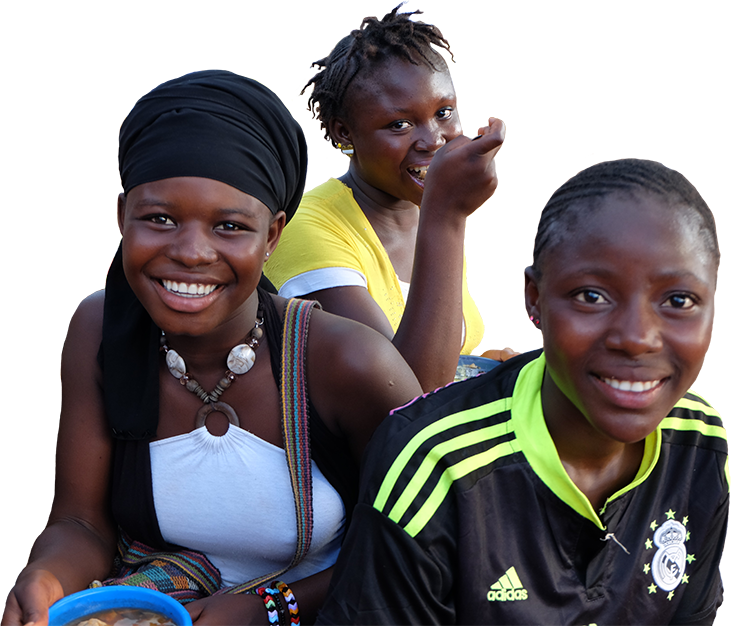Nutrition services typically do not prioritize adolescents and adolescent-friendly health services rarely include nutrition. Nutrition services need to be responsive to adolescents’ unique needs and priorities and address the barriers they face in accessing services. Programs must consider the diversity of adolescents’ situations and experiences, as well as the varied social norms and expectations of adolescents in the family and community. The Adolescent Nutrition Resource Bank includes guidelines and tools used in nutrition services for adolescents.If you have relevant service delivery documents or tools, please send them to info@advancingnutrition.org.
We found 136 resource(s)
Nutrition Education Curriculum for the Adolescent Girls Empowerment Program
Training Material published by Population Council in
This nutrition education curriculum was used in the Adolescent Girls Empowerment Program in Zambia, which focused on girls ages 10 to 19. It includes icebreakers and activities on topics such as the nutrition needs of adolescent girls, the role of food in the body, anemia in adolescent girls, nutrition for pregnant adolescents, and infant feeding…
Rupantaran Nutrition Module
Training Material published by MoWCSW, MoYS, United Nations Population Fund (UNFPA) in
This package of 15 modules aims to empower adolescent girls in 19 districts in Nepal through sessions conducted by social mobilizers and facilitators. One of the modules addresses nutrition. The package focuses on helping adolescent girls to expand their networks and capacitating them to be change agents in their community.
Adolescent Nutrition Guideline
Guideline/Guidance published by California Department of Public Health in
This document presents the California nutrition and physical activity guidelines for adolescents. The guidelines apply to males and females and address such topics as pregnant and breastfeeding adolescents and adolescent eating patterns, with links to resources.
Nepal Multisector Nutrition Plan I: 2013-2017
Policy published by Government of Nepal, National Planning Commission in
Nepal's Multi-sector Nutrition Plan for 2013-2017 focused on reducing maternal and child under-nutrition. This document discusses interventions for adolescents, including adolescent girls parenting education integrated with an early childhood development and literacy package, weekly IFA supplementation, a life skills initiative, school meals…
A Strategic Approach to Reproductive, Maternal, Newborn, Child, and Adolescent Health (RMNCH+A) in India
Policy published by Ministry of Health and Family Welfare, GOI in
This RMNCH+A strategy promotes links between interventions to enhance coverage throughout the lifecycle to improve child survival in India. The “+” in the acronym refers to the inclusion of adolescence as a distinct life stage within the overall strategy. The strategy addresses issues such as adolescent nutrition education, micronutrient…
Philippines School Health Curriculum
Guideline/Guidance published by Department of Education, Philippines in
This curriculum guide from the Philippines is for teachers of children from kindergarten to grade 12. The nutrition topics addressed in the guide include recognition of the nutrients children and adolescents need, analysis of the quality and quantity of food intake, and the development of proper eating habits to meet physiological, psychological,…
Plan de Capacitación para la Enseñanza de la Alimentación y Nutrición dirigido a docentes de primero y segundo ciclo
Training Material published by FAO in
This training plan is intended to prepare teachers to educate school-aged children on nutrition, diet and food security. The guide includes educational strategies and activities for interactive learning and the mprovement of students' nutrition-related knowledge, attitudes and behaviors.
Plan de Capacitación para la Enseñanza de la Alimentación y Nutrición dirigido a docentes de primero y segundo ciclo
Training Material published by FAO in
This training plan is intended to prepare teachers to educate school-aged children on nutrition, diet and food security. The guide includes educational strategies and activities for interactive learning and the improvement of students' nutrition-related knowledge, attitudes and behaviors.



